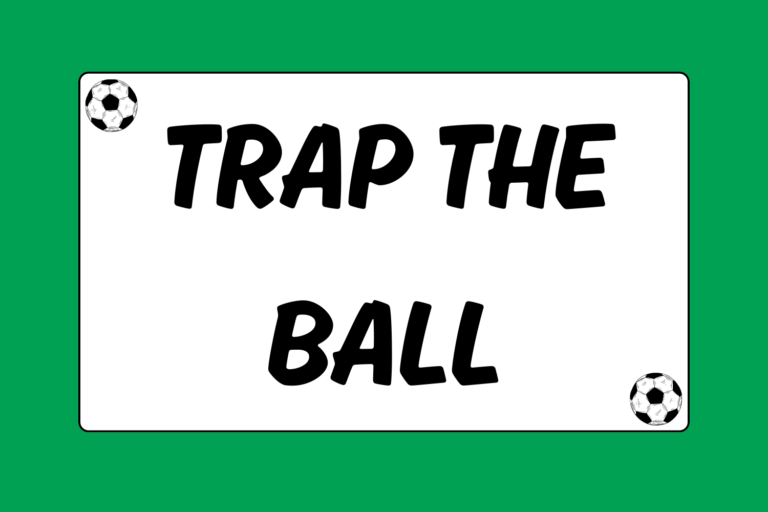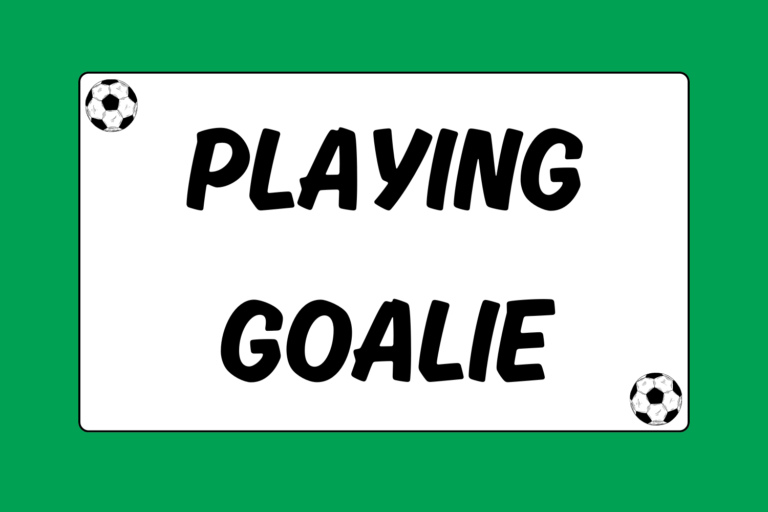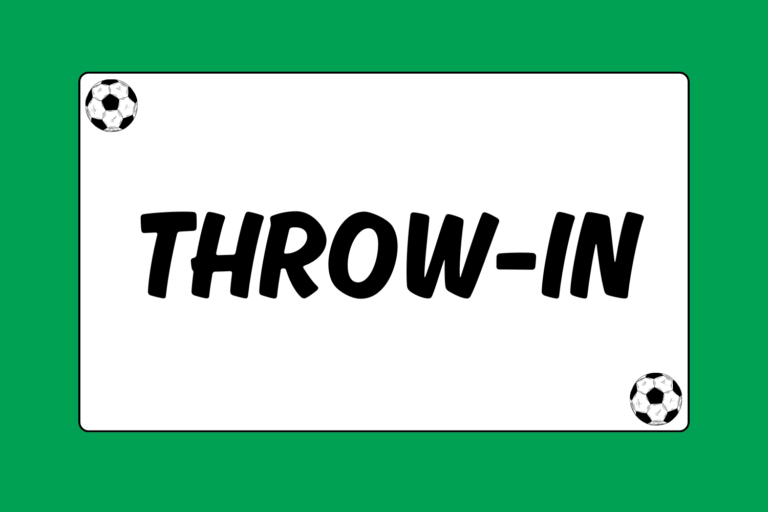The best soccer goalies play the position with unshakable confidence. However, the ability to remain confident in goal – no matter what happens on the pitch — doesn’t come naturally to most people. True confidence and skill at the position has to be earned, in practice and over time. In other words, it requires ample amounts of time, energy, and devotion.
The best soccer goalie drills emphasize the four most important aspects for success in goal:
- Footwork
- Agility
- Catching Skills
- Mental Preparation
Goalies must work on all four skills specifically to excel at the position. For goalies, hard work and determination are as important as athleticism. These drills emphasize the primary skills for goalies, while also helping to build the confidence needed to excel in net.
Goalie Agility Drill
Great agility drills emphasize returning to a set position after diving or lunging for a ball: Shoulders square, hands up and weight on your toes. Here’s a great drill to develop this quickness:
- Begin with the goalie seated in the center of the goal, five to ten feet from the goal line. A coach or teammate should stand near the top of the penalty box with 10 to 20 soccer balls.
- On the command from the coach or teammate, the goalie should jump to his feet as quickly as possible and assume goalie position. The ball should be tossed to either side, within arm’s reach so that the goalie must dive or lunge to make the save.
- The goalie should immediately return to seated position and repeat, jumping to his feet on the command.
This drill should be repeated quickly, so that the goalie sits and jumps in quick succession. Goalies should focus on regaining ready position as quickly as possible and making the save.
Roll Variation
A useful variation of this drill has the goalie roll over once between saves, popping up quickly to make the next save. Alternate between rolling to the right and the left after a save to remain in the center of the net. Also, more balls means longer drills, improving conditioning and endurance as well.
Mental Edge
Being able to get up quickly has many game-day advantages. Aside from preparing for the next shot after a rebound, bouncing up to your feet after a save can spark a counter-attack or help you direct your teammates. It also displays confidence to your teammates and opponent, especially after a tough save.
Footwork for Goalies
The best goalies have excellent footwork, which constantly keeps them available to make a save. Developing footwork in practice will keep you in the right place to make the difficult saves look easy.
As you work on these drills, remember to focus on the following:
- Stay on your toes and keep your feet moving: It is vital that you keep your weight forward and always move with a bounce in your step. Never lean back on your heels; this leaves you flat footed, making it much harder to move quickly.
- Square up your shoulders and hips: Always face the shooter, even when the ball is shot to one side or the other. When getting up off the ground, goalies must again face the ball as quickly as possible, and slide step to get in position.
- Stay in front of the ball: Having quick feet makes it easier to keep the ball in front of you. Only stab at the ball or lunge for it when it’s absolutely necessary.
Arc Drill
The arc drill forces the goalie to slide quickly to maintain position and to develop the habit of squaring up shoulders and hips. Goalies should never cross their feet or turn their hips during this drill. Instead, they should keep up with the dribbling player with quick feet and reflexes.
- Line up players at one corner of the penalty box and have them dribble laterally along the top of the box.
- The goalie should also move laterally along an imaginary arc five to ten feet from the goal line, with the widest point of the arc in the center of the goal to cut down the angle.
- Players should concentrate on moving quickly and can shoot whenever they want.
A variation of this drill is to place 10 balls randomly in the penalty box, no less than 10 yards from the goal. One player should shoot randomly on goal, moving quickly from ball to ball. As before, the goalie should emphasize quick slide-steps and getting the hips and shoulders squared to the shooter.
Goalie Catching Technique
The proper technique for catching the ball includes the following facets:
- A W or Diamond catch: Hands should come together to form a W-shape or diamond-shape every time a catch is made, whether in practice or in a game.
- Keep both hands on top of the ball: Keeping your hands on top of the ball when catching ensures that the ball will fall straight down if the catch isn’t made cleanly.
- Keep your body between the ball and the goal: The right way to do this is to keep the ball in front of you when making a catch. Quick footwork is necessary to catch the ball properly every time.
- Catch the ball at its apex: Catching the ball at its highest point gives you a path to the all in traffic that no one else has. Be sure to practice catching the ball at its apex to make it a habit.
Goalie Catching Drills
Below are a few very simple drills that will help goalies improve their catching skills. Each of these drills is designed so that they can be done alone, without having to rely on other players.
The Toss & Catch Drill
The toss-and-catch drill lets a goalie work on footwork and catching the ball at its apex. Toss the ball in the air 5-10 feet in front of you and go up and catch the ball. Steps should be quick and long. Only the final step should be a choppy one.
The “W” Catch Drill
The W-catch drill is another great warm-up tool. Bounce the ball with two hands in front of you as hard as possible, concentrating on catching the ball with hands in W position, with thumbs together and index fingers pointing toward each other around the curve of the ball.
Vary the direction of the bounce: One in front of you, then one to your right side, in front of you again, then to your left side, etc. Mix up the number of bounces as well. Bounce the ball firmly and catch with sure hands.
Pre-Game Goalie Drills
Catching drills focus on the fundamentals of catching the ball properly. Good catching drills are basic, and can be executed alone before games or practices. They are a great way to get loose and to visualize success on the field before the game.
It’s important to have a teammate help you warm up before a game. However, some of the best goalie drills let you warm up by yourself, letting you prepare mentally while getting warmed up.
Hot Tip: Visualise Success
The top goalies visualize success in goal prior to and during a game. Being able to see yourself making great saves and keeping an opponent at bay before a game is a crucial component of success on the pitch.
Making Goalie Drills Work
Drills are most effective when you think about how they can help you during a game while you’re completing them. Success in completing a drill should translate into success on the field. The way you catch the ball during a toss-and-catch drill or W-catch drill should be the way you catch during a game. Use your time during drills to imagine success, and let that help you shut out your opponent when it’s gametime!





